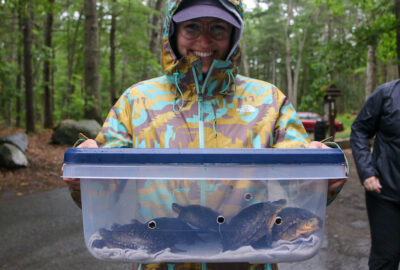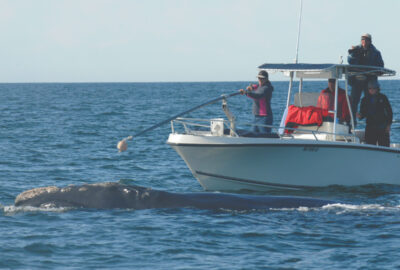Accelerometry to study fine-scale activity of invasive Burmese pythons (Python bivittatus) in the wild
By Nicholas M. Whitney, Connor F. White, Brian J. Smith, Michael S. Cherkiss, Frank J. Mazzotti & Kristen M. Hart
Originally published in Animal Biotelemetry in January 2021

Abstract
Background
The establishment of Burmese pythons (Python bivittatus) in Everglades National Park, Florida, USA, has been connected to a > 90% decline in the mesomammal population in the park and is a major threat to native reptile and bird populations. Efforts to control this population are underway, but are hampered by a lack of information about fine-scale activity cycles and ecology of these cryptic animals in the wild. We aimed to establish a technique for monitoring the activity of Burmese pythons in the wild using acceleration data loggers (ADLs), while attempting to identify any behavioral patterns that could be used to help manage this invasive species in the Greater Everglades and South Florida.
Results
We obtained continuous acceleration and temperature data from four wild snakes over periods of 19 to 95 days (mean 54 ± 33 days). Snakes spent 86% of their time at rest and 14% of their time active, including transiting between locations. All snakes showed at least one period of continuous transiting lasting 10 h or more, with one animal transiting continuously for a period of 58.5 h. Acceleration data logger-derived transiting bout duration was significantly correlated with the distance snakes traveled per hour for two snakes that also carried GPS loggers. Snakes were most active in midday or early-night depending on individual and time of year, but all snakes were least likely to be active in the early mornings (0400–0700 h local time). Very little movement took place at temperatures below 14 °C or above 24 °C, with most movement taking place between 15° and 20 °C. One animal showed a highly unusual rolling event that may be indicative of a predation attempt, but this could not be confirmed.
Conclusions
Fine-scale activity and some behaviors were apparent from ADL data, making ADLs a potentially valuable, unbiased tool for monitoring large-bodied snakes in the wild. Snakes spent the majority of their time resting, but also moved continuously for several hours at a time during bouts of transiting. Results suggest that individuals may shift their diel activity pattern based on season. Understanding seasonal differences in activity levels can improve the accuracy of population estimates, help detect range expansion, and improve managers’ ability to find and capture individuals.
Full Text





